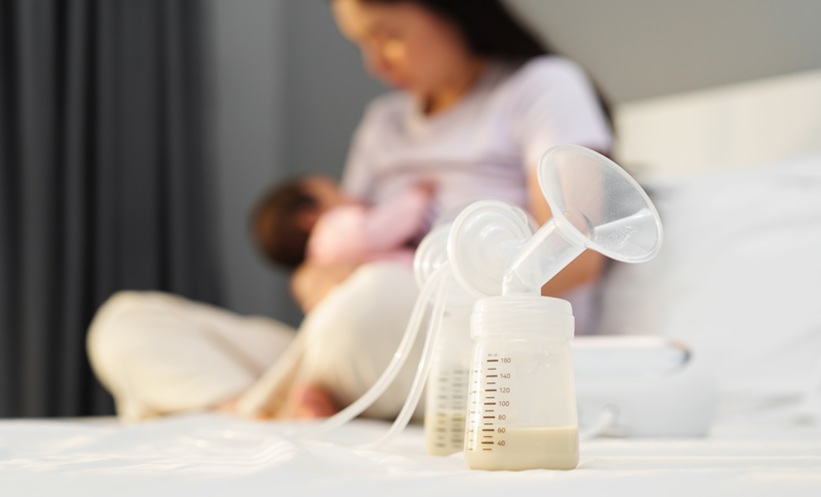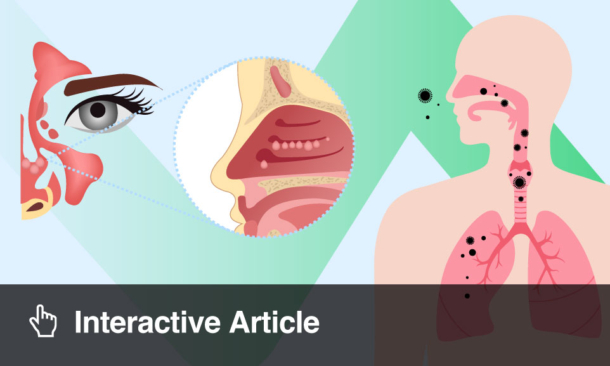HUMAN milk is more than nutrition: it delivers antimicrobial defence, shapes infant gut microbes and fortifies the intestinal barrier via a rich cast of bioactive molecules. Central among these are human milk oligosaccharides (HMOs), complex carbohydrates that, though largely indigestible, act as prebiotics and comprise the third most abundant solid in milk. Their composition varies widely between women, influenced by Secretor and Lewis gene status, and can affect infant health and allergy risk.
In a prospective study measuring the 14 most abundant HMOs in colostrum and at three months postpartum, researchers tested whether maternal supplementation with ω-3 polyunsaturated fatty acids (PUFA) and/or Limosilactobacillus reuteri alters HMO profiles, and whether maternal allergy or secretor phenotype modulates these effects. They also examined associations between HMOs and secretory IgA (SIgA) in milk.
Two clear signals emerged. First, pre- and postnatal ω-3 PUFA supplementation was associated with a significant decline in HMO diversity from colostrum to mature milk; this pattern was not seen in groups without ω-3. While diversity in HMOs is often considered stable across lactation, prior work has linked lower HMO diversity with better infant growth, suggesting the observed reduction could be beneficial, though this remains to be confirmed.
Second, maternal allergy was linked to markedly lower concentrations of several HMOs, including 2′-fucosyllactose (2′-FL), LNFP I, LNT, 3′-SL, 6′-SL, LST b and DSLNT, particularly in mature milk. Among Secretor-positive mothers, allergy was associated with lower fucosylated, sialylated and total HMOs in both colostrum and mature milk. These differences may become more apparent as pregnancy-related immunotolerance wanes postpartum.
Exploratory correlation analyses suggested weak to moderate positive relationships between SIgA and fucosylated HMOs and weak inverse relationships with sialylated HMOs, hinting at a coordinated mammary-gland ecology linking HMOs, microbial metabolites (such as short-chain fatty acids) and antibody production.
Strengths include quantitative HPAEC-PAD analytics and sampling at two lactation stages; limitations include uncertain effect sizes, potential confounding and adherence measures. Overall, the findings position ω-3 PUFA intake and maternal allergic status as meaningful determinants of the milk HMO landscape, with possible downstream consequences for infant immune development via the gut–breast axis. Further mechanistic and clinical studies are warranted to clarify causality and infant health outcomes.
Reference
Al-Kaabawi A et al. Effects of maternal allergy and supplementation with ω-3 fatty acid and probiotic on human milk oligosaccharides. Pediatr Allergy Immunol. 2025;36(8):e70162.






